Guide to Making Modular Maps - Part One
The first part in a multi-part series on using Lego to make terrain for tabletop games.
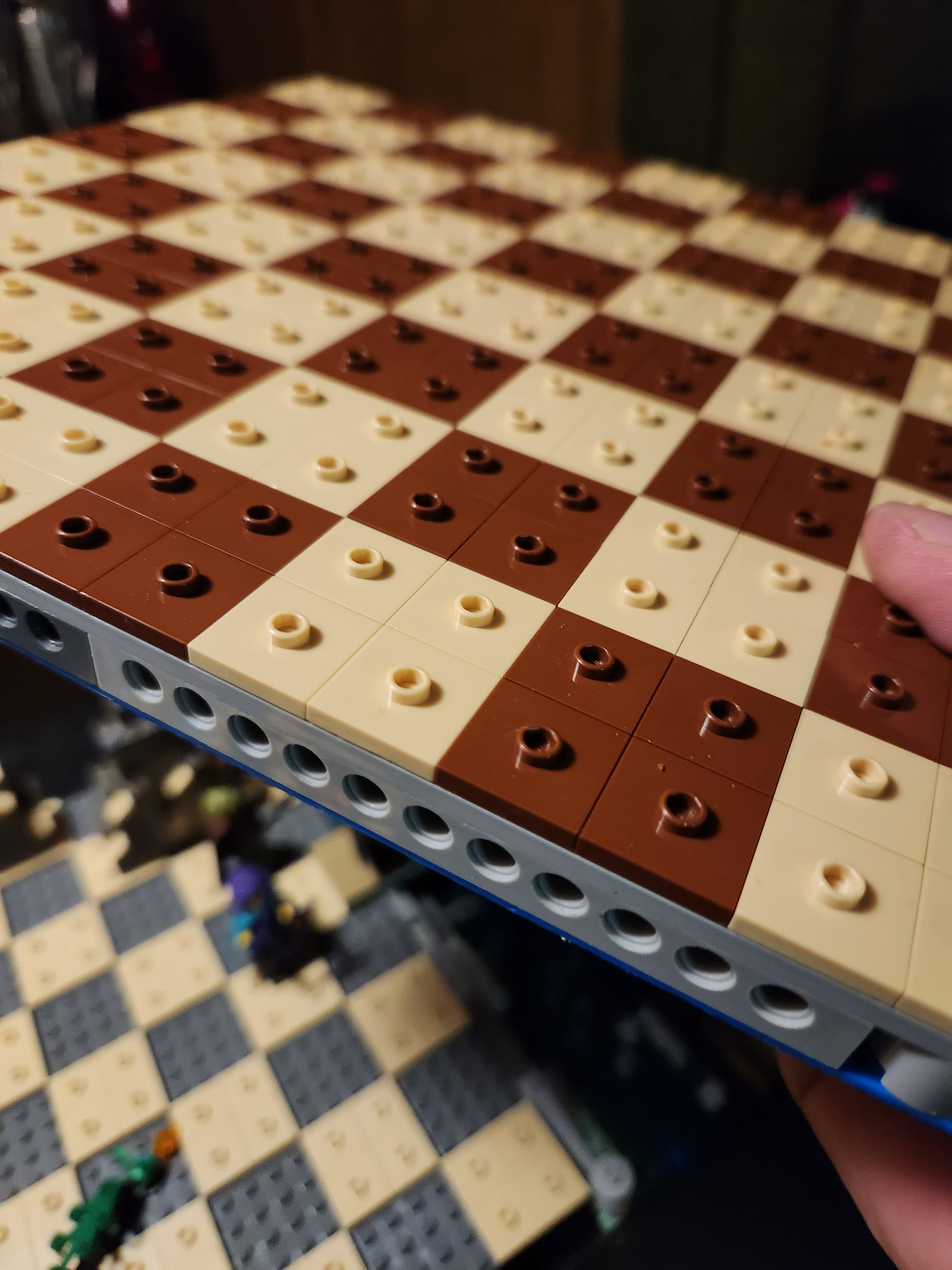
This is the first part of a three-part guide on creating modular TTRPG maps.
Why modular?
Most tabletop gaming systems have a way to visualize encounters. Seeing where something is, physically, helps get all the players on the same page and as well as playing a key role in setting the tone of the adventure. They can be as simple as a sheet of grid paper laid out with walls, rooms, and key spots to carefully crafted movie-like quality sets. Some of these setups can be very elaborate taking many hours and a lot of creativity to pull off.
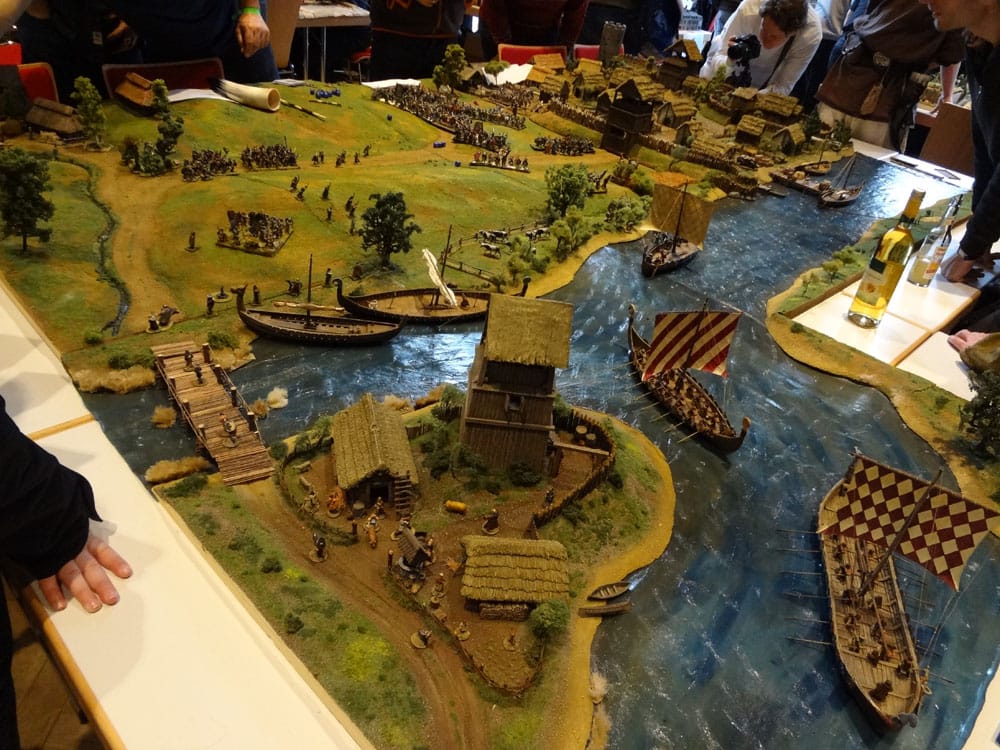
The problem with maps like this is reusability. Setting up/taking down takes time and limits players to a certain setting for the duration of time. Modular systems can allow settings changes more quickly and easily in a single session without having to carefully deconstruct anything.
Non-lego modular systems for Tabletop games help ensure money spent on terrain and buildings to represent the game world is being used more efficiently. Terraino is a great example of a modular system of building TTRPG settings using foam presentation boards that can be sourced cheaply from craft stores and dollar stores.
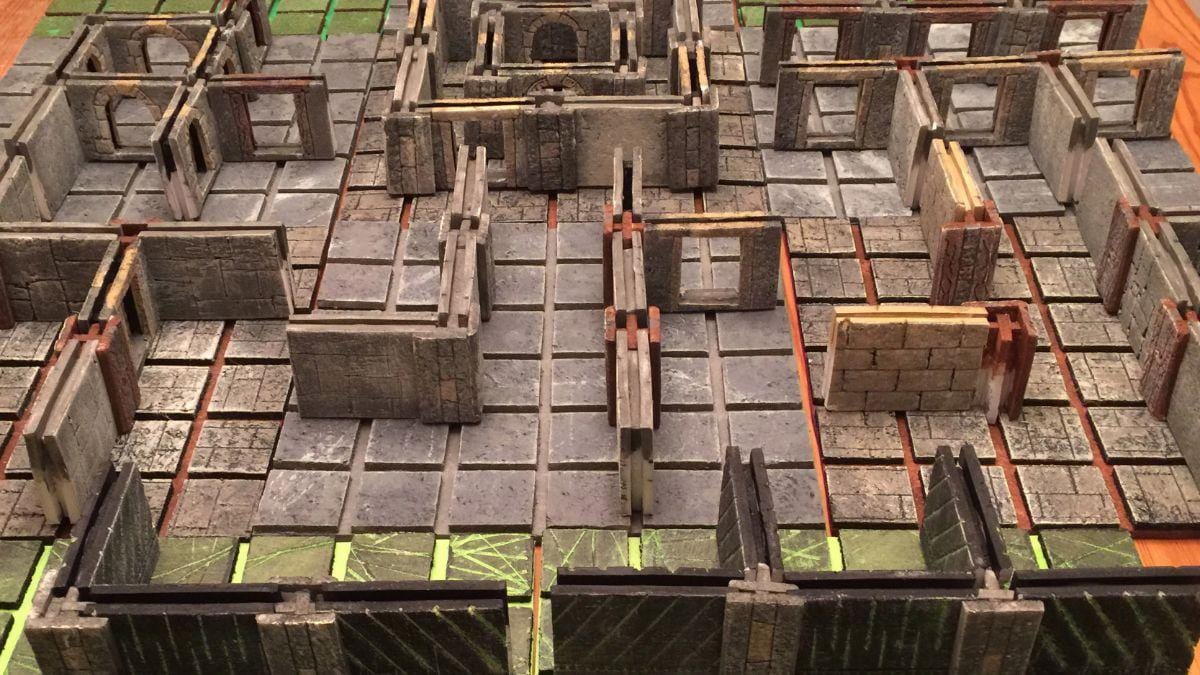
Why Lego?
Lego is not cheap. It's important to develop a way to create as many combinations of map layouts as possible. A modular system for achieving the most bang for/buck that will create the most impressive/immersive maps for your players is necessary. Lego has a style of its own that conveys a certain playfulness that can be useful, especially if the goal is to keep the game fun!
The following system of making maps, terrain, dungeons, walls, and set pieces is something that many people have been working on. While I have developed my way of making it work, I am not the first. I hope this guide can be useful and inspiring to anyone looking to use their Lego collection for tabletop gaming purposes and I look forward to seeing and learning more about what others are doing in this space.
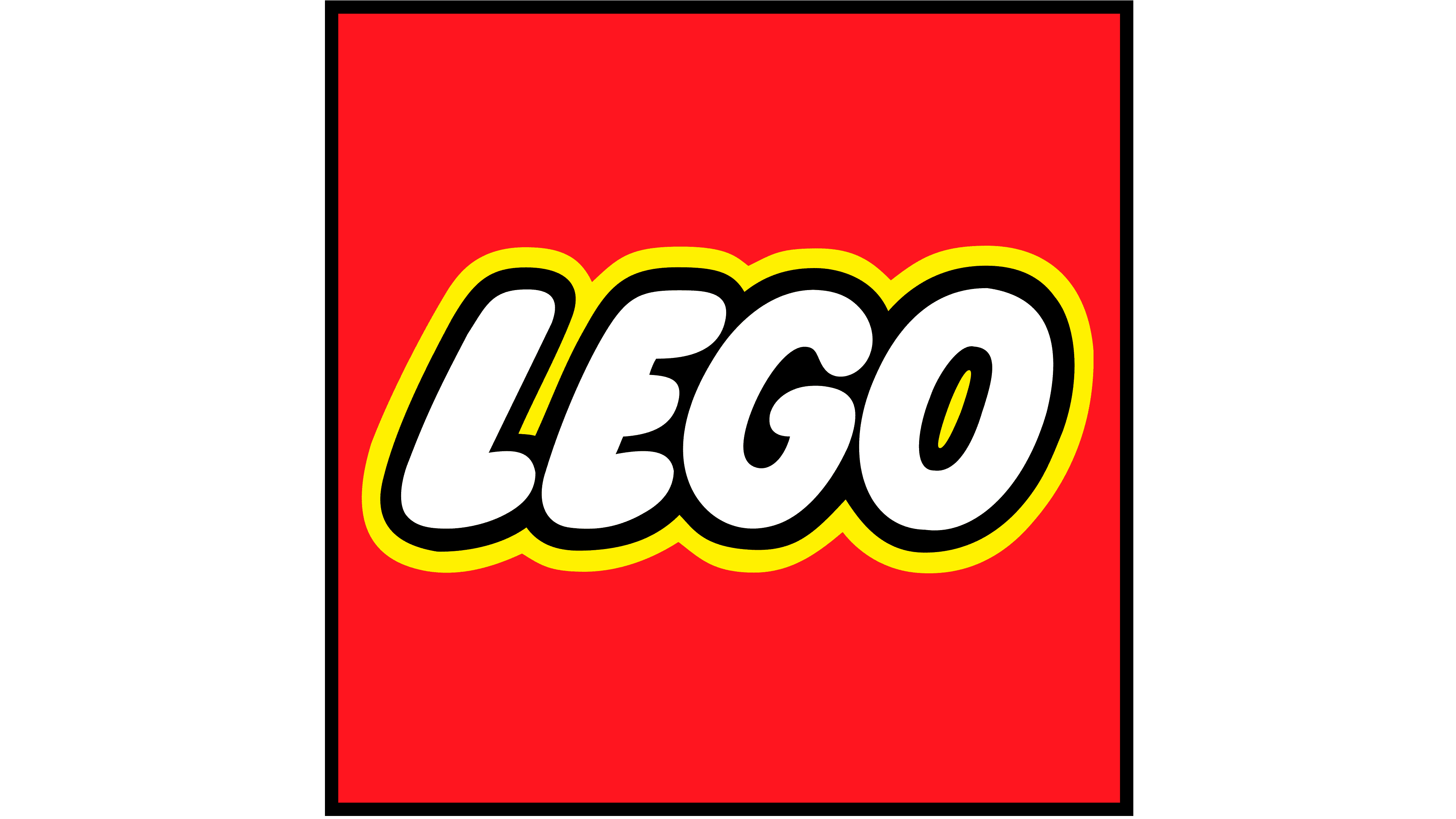
Principles of Modular Maps
Modular maps are key to making Lego worthwhile. The biggest advantage of using Lego is the way it easily fits together in new and exciting ways. There are three main points I consider when building maps and structures for my TTRPG setting and they are as follows:
- Interchangeable - Must be able to be used more than one time.
- Strong - Needs to survive getting put in storage or taken on and off the table at a moment's notice.
- Build-worthy - This is important because not everything on a TTRPG map needs to have all features physically represented. A lot of things can use 'theater of the mind.' Consider an item/wall/prop's importance in a scene before committing to it.
Why Interchangeable?
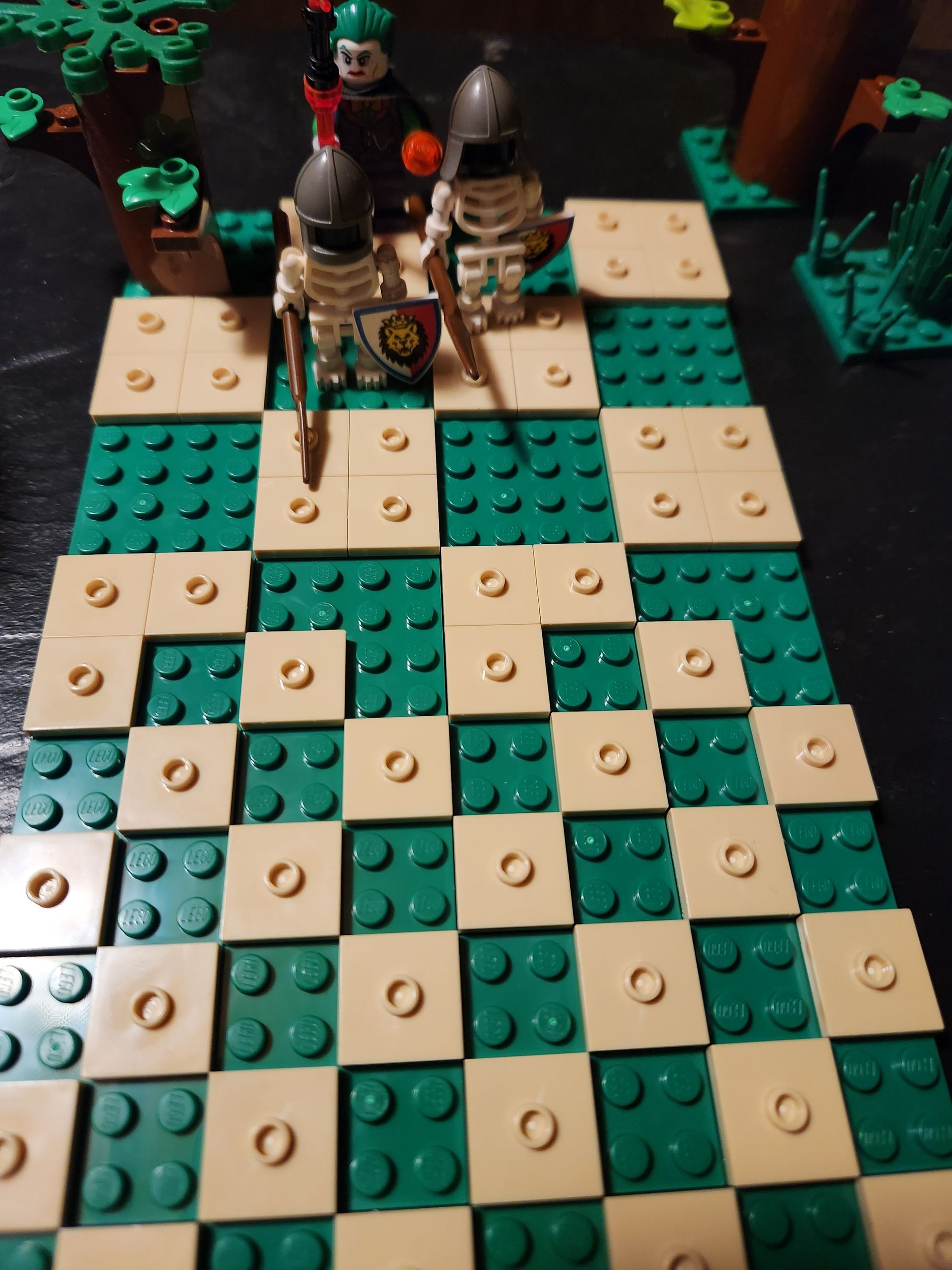
Maps in TTRPGs need to be Interchangeable or consistent with one another. Encounters/fights happen on a grid of squares where typically 1 square = 5 feet which are used to represent the personal space of any average-sized player character or non-player character (NPC). Most characters can move 25-30 feet per turn of combat, meaning they can go up to five or six tiles at a time. Because of this, encounters need a bit of table area to allow for strategies to play out, especially when ranged weapons are involved. So, when making modular maps, each movement square needs to be Interchangeable with one another for the scaling to work.
Scale Options
Scale is important in TTRPG miniatures and terrain setups for determining how much 'stuff' can be put on the table. There are varying sizes of miniatures and the grids they go on.
When it comes to using Lego, I have been through several iterations of board grid designs and have encountered those with strong feelings and feedback on all of them. Regardless, whichever you choose for your game, be consistent so that the different pieces can be interchangeable. For this site, all my boards will use 4x4 stud movement squares. One square = 5ft. in space.
In comparison to traditional TTRPG settings, 3x3 is closer to the 1 inch = 5ft. standard. However, in testing with 2x2 and 3x3 stud grid squares, I found regardless of how much I want to use the smaller grid size to work, 4x4 stud squares work better for almost everything. There are two main reasons for this. A Lego figure with weapons and other accessories fits a lot better to scale in a 4x4 space. Secondly, the availability of parts and math work a lot better with even numbers.
A 3x3 grid is ideal though, especially if using a mix of traditional miniature figures with Lego as the map. However, Lego is not designed around math that favors the use of 3x3 squares. Almost all large Lego pieces are built around 16-stud intervals. The largest common 'plate' and largest common 'brick' are 16 stud lengths. Lego does not design many pieces that are divisible by 3 as much as they do for pieces that are divisible by 2 and 4.
The main problem with using this layout is that most Lego pieces are based on math involving even numbers. A board using 3x3 grid tiles would encounter a lot of scenarios where that doesn’t work. This works fine in a 'fixed' map setting if that's the goal in mind but when it comes to building modular maps, it is less successful. Since my main map boards use 32x32 16x32, and 16x16 - the 3x3 grid tiles will always leave an incomplete grid row.
Interchangeability - Using Color
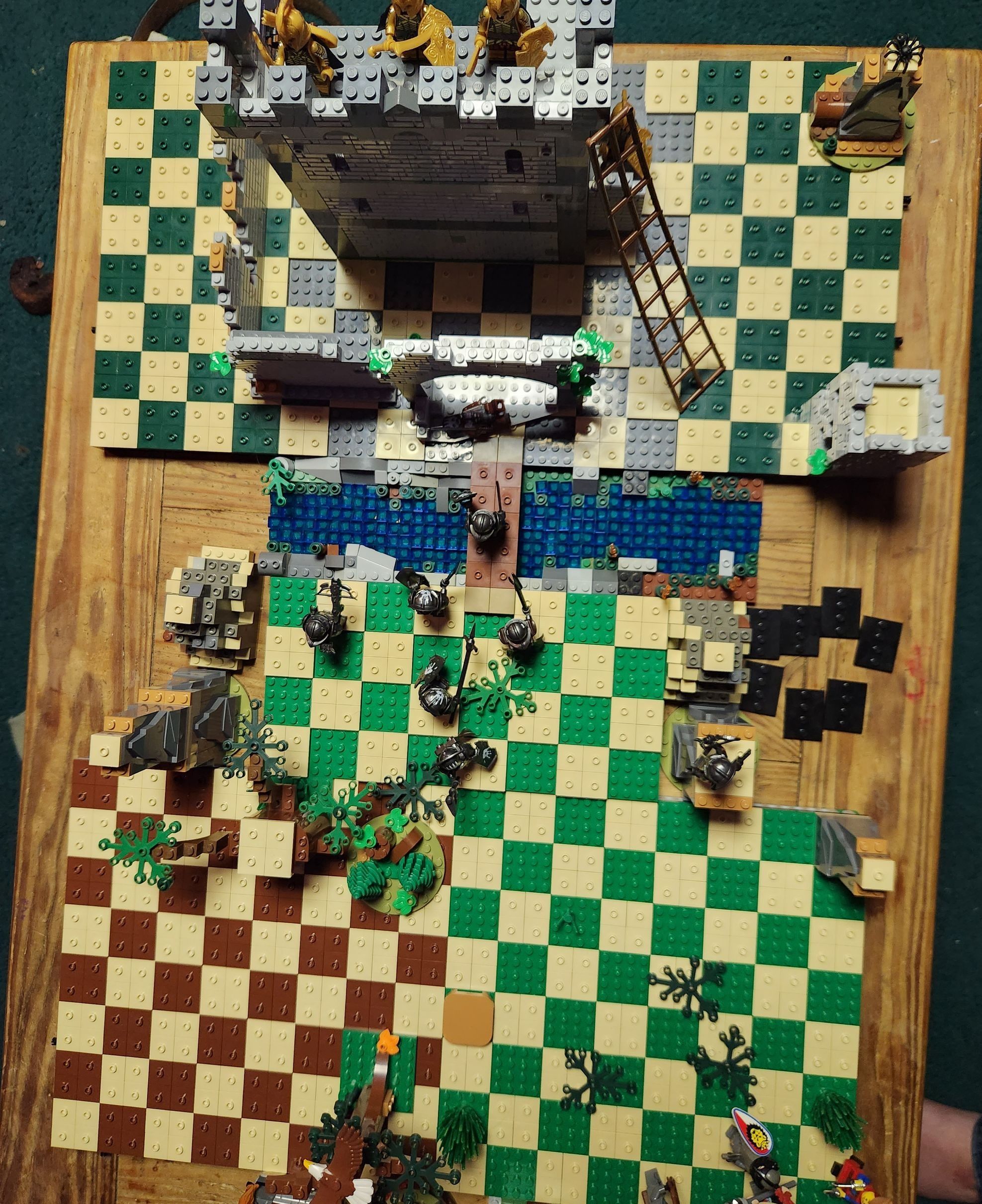
It is important to pick out a color scheme to make an interchangeable series of modular map pieces. This is important in terms of creating a palette or a set of color rules that can be used to help make decisions about what brick color can go where. For this, in most of my maps, I tend to lean towards Earth tones.
In my current outdoor land map setup I use tan as the primary grid color for the entire board. I then rotate different secondary colors of reddish Brown, green, and dark green to add variety. the primary color is useful in helping preserve a sense of uniformity even though it makes interchangeability a little harder I think it's worth it.
Interchangeable tiles Yes or No?
The interchangeable parts are a great idea. Bram Reijnder has come up with an incredible system for using 4x4 plates to set his 2x2 jumper tiles on and can remove them from his maps using a series of rails that allow easy access. In this way, his maps can be very flexible. One board can be used in a variety of ways with a variety of different color palettes in mind. https://www.little.brickroot.com/2020/12/lego-dnd-basic-tiles/

I've tried this option and for me, it's a little too pricey to plan all my boards to have the ability to be modified in this manner; however, I still think it's a cool idea!
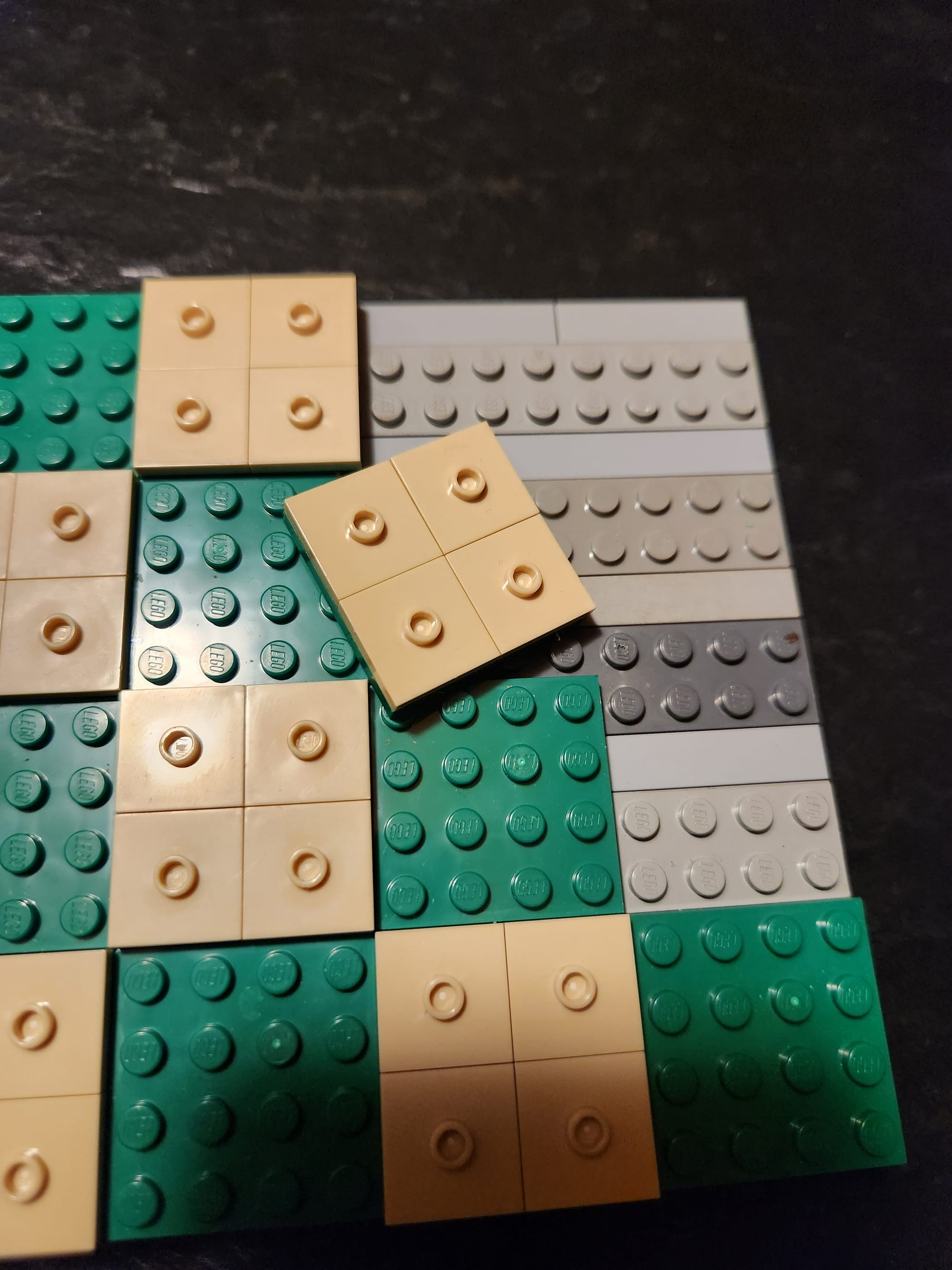
Flexible Connection Points
Last but not least one of the most important things to consider is having flexible connection points for connecting your map pieces and/or walls for maps. For this, I recommend using technic bricks to cover the width and length spans of the board. This way, there is a maximum amount of allowed connection points, giving you the freedom to place things where you see fit.
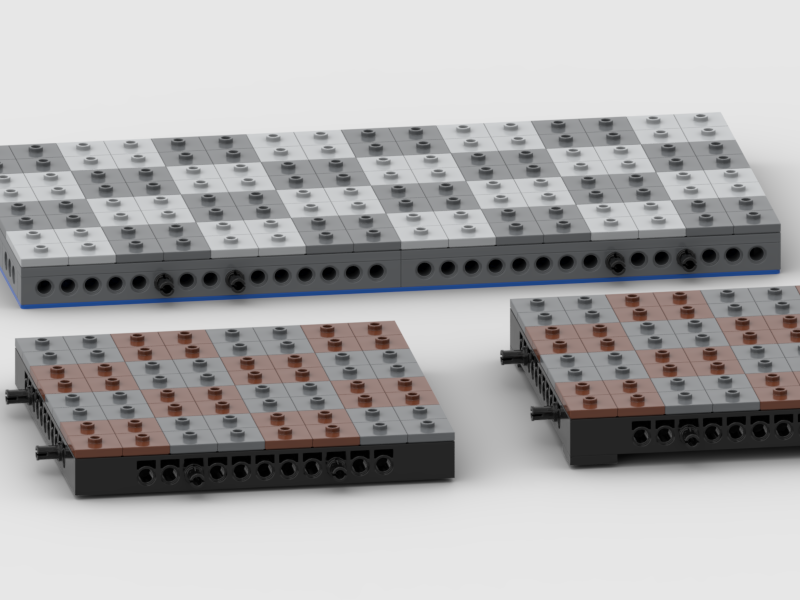
For those that do not like the naked technic brick base, it's possible to cover it up with terrain and rock attachments.
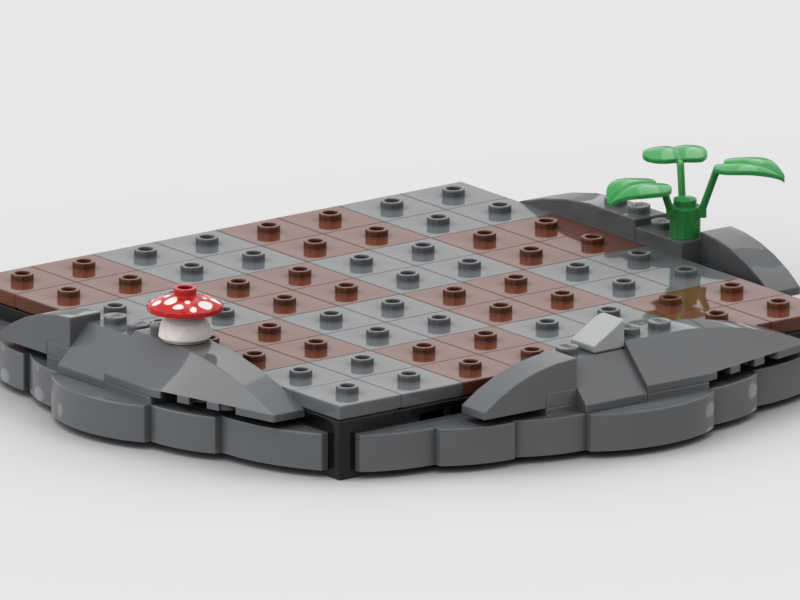
Summary
This is the first and arguably one of the most important parts of making modular TTRPG map pieces - making them interchangeable. This will get more important, especially once we get into doing dungeon crawler layouts and creating wall placements or other terrain accessories that will utilize the connection points.
I hope this was informative. If you have any questions or comments please let me know!
